Dried Peppermint has been celebrated for centuries for its refreshing scent and remarkable versatility. But here’s an impressive fact to kick things off—peppermint can retain a whopping 70-80% of its aromatic oils, making it a potent addition to your daily routine! Whether you’re whipping up herbal teas, exploring natural remedies, or enhancing home-cooked recipes, peppermint proves itself as more than just a kitchen staple. It’s a powerhouse of flavor and health benefits.
This blog is your guide to unlocking the full potential of peppermint. We’ll explore not only its surprising health perks but also how it can transform your everyday life—from soothing digestion woes to adding a burst of freshness to your favorite dishes. By the end of this read, you’ll have practical tips and intriguing insights to start making the most of this simple yet extraordinary herb. Let’s get started!
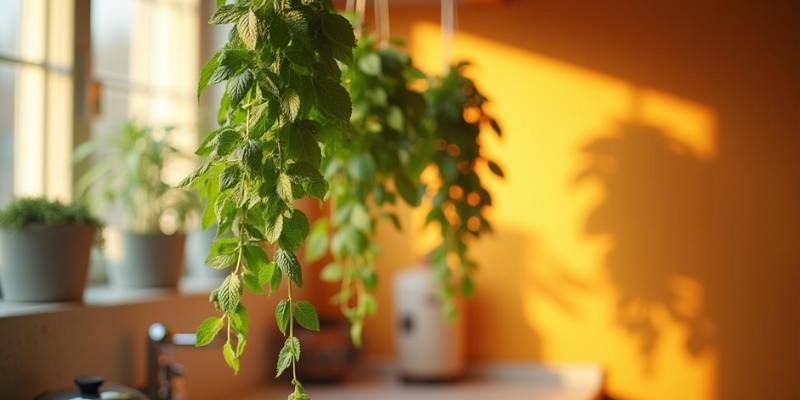
What Is Dried Peppermint?
How Is Dried Peppermint Made?
The process of creating dried peppermint is simple yet impactful. Once fresh peppermint leaves are harvested, they are carefully dried using low heat or shade-drying methods to preserve their essential oils and nutritional properties. This dehydration process concentrates flavors and extends shelf life, making peppermint convenient and potent.
Drying also captures compounds like menthol, which give peppermint its cooling effect and health benefits. Whether you grow your own or buy it in stores, this time-honored preservation method ensures you can enjoy peppermint’s goodness all year long.
Why Use Dried Peppermint Instead of Fresh?
Why choose dried over fresh? Versatility and convenience. Dried peppermint is easy to store, lasts much longer, and has a more concentrated flavor. You can keep it in an airtight container for months without losing its potency, unlike fresh leaves that wilt within days. It’s also cheaper per use, as even small amounts pack a punch. Whether you’re making tea or adding it to recipes, peppermint offers unmatched ease and flexibility.
Nutrition Profile of Dried Peppermint
Dried peppermint is not just flavorful—it’s a nutrient powerhouse. With approximately 278 calories per 100 grams, it is rich in protein (18 grams), dietary fiber (28 grams), and a modest level of fat (6 grams). It is an excellent source of essential minerals like calcium (1330 mg, 103% of the daily recommended intake), iron (77.8 mg, 432%), and potassium, vital for heart health and maintaining strong bones. Vitamins also shine in its profile, boasting 313% of the daily value for Vitamin A, which supports vision and immunity, and a generous amount of Vitamin K, crucial for bone and blood health. Additionally, dried peppermint contains powerful antioxidants, including polyphenols and menthol, which combat oxidative stress and promote overall health.
Health Benefits of Dried Peppermint
Relieves Digestive Issues
Few things soothe an upset stomach like peppermint. It’s been used for centuries to ease indigestion, reduce bloating, and calm the gut. Compounds in dried peppermint relax the muscles of your digestive tract and help move food through more easily. Drink a cup of peppermint tea after meals, and you’ll notice the difference.
Promotes Better Sleep
Struggling to unwind at night? peppermint has natural calming properties that make it an excellent sleep aid. While it doesn’t contain sedatives, its aroma promotes relaxation, helping your mind and body transition to sleep. Add a teaspoon of peppermint to hot water and sip it before bedtime for a soothing ritual.
Improves Respiratory Health
Battling a stuffy nose or a scratchy throat? Menthol in dried peppermint works as a natural decongestant. It opens up airways, soothes irritated tissue, and promotes easier breathing. A strong peppermint tea made with dried leaves can act as a comforting remedy during cold and flu season.
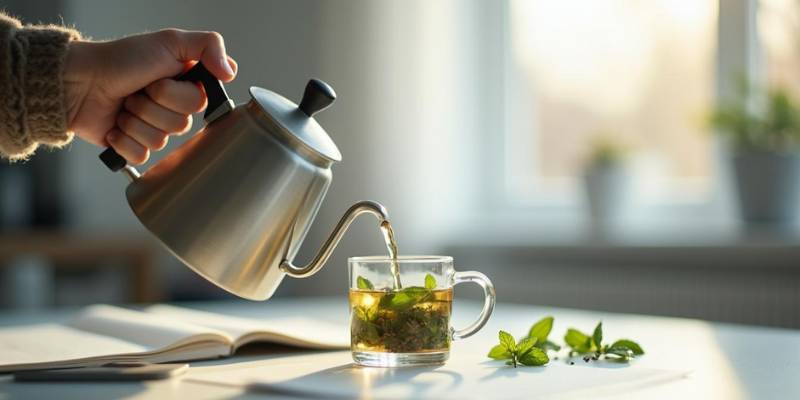
Top Everyday Uses for Dried Peppermint
Brewing Peppermint Tea
When it comes to peppermint tea, freshness and simplicity are key. Using peppermint gives you a bold and aromatic cup that’s both delicious and therapeutic. Steep one to two teaspoons of dried leaves in hot water for five to seven minutes, then strain. Add honey or a slice of lemon for extra flavor.
Infusing Recipes
Who says peppermint is only for drinking? This herb can spice up your recipes, too. Use peppermint in desserts like brownies or ice cream for a cooling twist, or grind it into a powder for smoothies, salads, and even savory dishes like roasted lamb. The possibilities are endless!
Home Remedies and DIY Crafts
Peppermint isn’t just a flavor enhancer—it’s a wellness companion. Create your own peppermint-infused oils or balms for muscle relaxation. Or, add dried peppermint to a warm bath for a spa-like experience at home. Beyond self-care, you can craft peppermint sachets to keep drawers and closets smelling fresh.
Peppermint Sachets for Refreshing Spaces
To make sachets, simply fill small fabric bags with dried peppermint and tie them up. These sachets naturally repel insects and release a refreshing scent wherever you place them. A practical and eco-friendly DIY project!
Lesser-Known Facts About Dried Peppermint
Historical Uses of Peppermint
Did you know peppermint has ancient roots? Egyptians used it for digestive relief, while Romans considered it a sign of hospitality. Its time-tested reputation as a healer and energizer is no coincidence.
Its Role in Traditional Healing
Dried peppermint plays a key part in Ayurveda and Traditional Chinese Medicine. Both systems value its cooling properties for reducing heat in the body, whether through teas, tinctures, or poultices. It’s a small herb with a big role in holistic health.
Long Shelf Life and Sustainability
Another little-known fact? Dried peppermint boasts a longer shelf life than most herbs, usually lasting 6 to 12 months if stored well. Its durability makes it a sustainable choice for those aiming to waste less and consume mindfully.
Discover 9 terrific culinary secrets for using dried sage to elevate your dishes
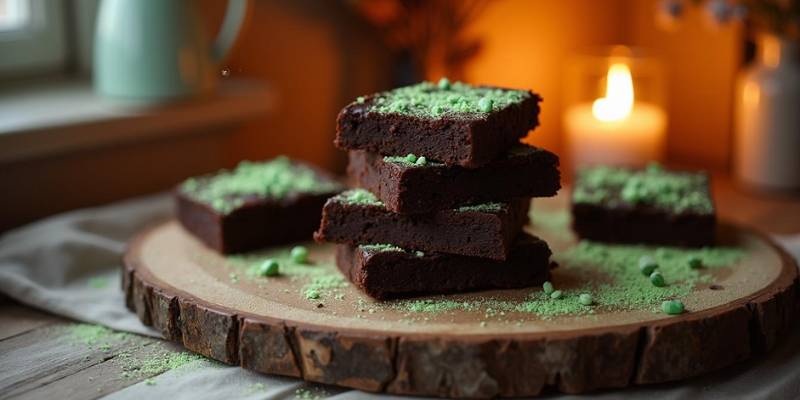
Myths and Misunderstandings About Dried Peppermint
Does Dried Peppermint Lose Its Potency Over Time?
Not if you store it correctly! By keeping dried peppermint in an airtight container, away from heat and light, you can preserve its flavor and effectiveness.
Can Everyone Use Dried Peppermint Safely?
While it’s generally safe, a few allergies or sensitivities exist. Some people experience heartburn from peppermint, especially if consumed in excess. Pregnant women or those with GERD may want to consult a doctor before using it regularly.
don’t miss our guide to “Dried Rosemary: 5 Magical Reasons to Love“, where we explore another versatile herb that can transform your cooking and inspire new culinary creations!
How to Buy and Store Dried Peppermint
Choosing Quality Dried Peppermint
When selecting dried peppermint, look for vibrant green leaves with a strong aroma. Avoid packages with dull or discolored leaves. For added peace of mind, opt for organic or non-GMO-certified products.
Storing Dried Peppermint Properly
Proper storage makes all the difference. Place your dried peppermint in an airtight glass jar and store it in a cool, dry place. Avoid plastic containers, as they can trap moisture and lead to spoilage.
Bring Dried Peppermint Into Your Life Today
From soothing your stomach to enhancing recipes, dried peppermint is an herb you’ll want in your pantry. Its versatility, long shelf life, and wellness benefits make it a humble yet powerful addition to everyday living.
Why not brew a cup of tea today or try incorporating it into a recipe? Experiment with its uses and see how this timeless herb can uplift your days. Want even more ideas? Share your experiences and explorations with peppermint in the comments below.
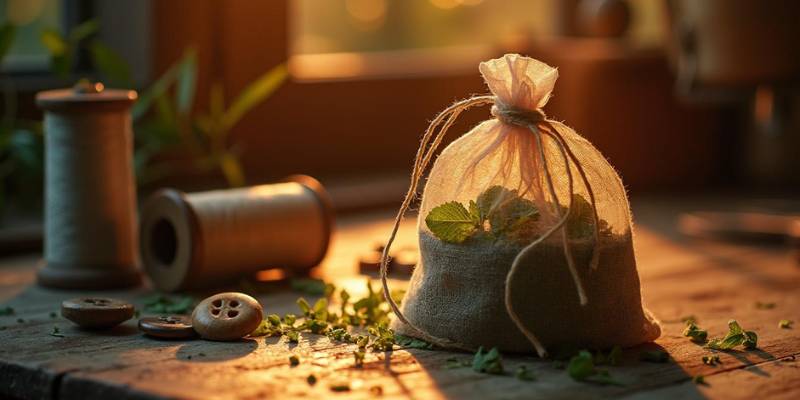
Closing Thoughts
Dried peppermint isn’t just another herb—it’s a staple that enriches both wellness and lifestyle. From health to flavor to sustainability, it ticks all the boxes. Take a step today to include it in your routine, and enjoy the upliftment it brings to your health and home!
“Discover even more ways to elevate your health and cooking with our guide to the 10 breathtaking benefits of dried herbs—a must-read for every kitchen enthusiast!”
Stay connected with us!
- Follow us on Instagram: @RoastedKitchen25 for daily cooking inspiration.
- Subscribe to our newsletter for exclusive recipes, expert tips, and kitchen hacks straight to your inbox!
FAQs
Is Dried Peppermint Safe for Kids?
Yes, in most cases, dried peppermint is safe for children! Peppermint tea is particularly gentle and can help calm tummy aches or minor indigestion. However, it’s important to consult with a pediatrician before regular use, especially for younger kids or if allergies are a concern.
How Long Does Dried Peppermint Last?
When stored properly, peppermint can remain fresh and potent for up to 12 months! Keep it in an airtight container away from moisture, heat, and direct sunlight to maintain its quality. Pro tip: glass jars work best for preserving aroma and flavor.
Can Dried Peppermint Be Used for Skin or Hair?
Absolutely! peppermint can be infused into oil or water to create a natural toner for your skin or a refreshing rinse for your scalp. Its natural menthol content provides a cooling, soothing effect, making it a popular choice for DIY beauty treatments. Ensure you patch-test before applying to sensitive skin.
Can I Grow and Dry Peppermint at Home?
Yes, growing and drying peppermint is straightforward, even if you lack a green thumb. Peppermint thrives in both gardens and containers. To dry it, cut fresh leaves, tie them into small bundles, and hang them upside down in a cool, shaded place. Once crisp, store them in airtight jars for later use.
Does Dried Peppermint Retain Its Nutritional Value?
Yes, dried peppermint retains most of its nutritional content, including high levels of calcium, iron, and antioxidants like menthol. While the process slightly reduces vitamin C levels, its concentrated flavor and other nutrients make up for it. Incorporating peppermint into teas or recipes is an effective way to enjoy its benefits year-round.

Food has been at the heart of my life since childhood. My father, a passionate restaurateur, owned and ran Cave Way, a beloved restaurant in Narayanganj, Bangladesh. For 19 wonderful years, Cave Way delighted customers with its warm atmosphere and mouthwatering dishes. It was more than a restaurant; it was a community landmark. When my father passed away, the restaurant’s doors closed, but its legacy lived on in me. As a businessman and food enthusiast, I’ve always felt a connection to the joy and stories that food brings into our lives. Roasted Kitchen is my way of honoring that legacy, sharing my passion, and connecting with others who love cooking as much as I do.

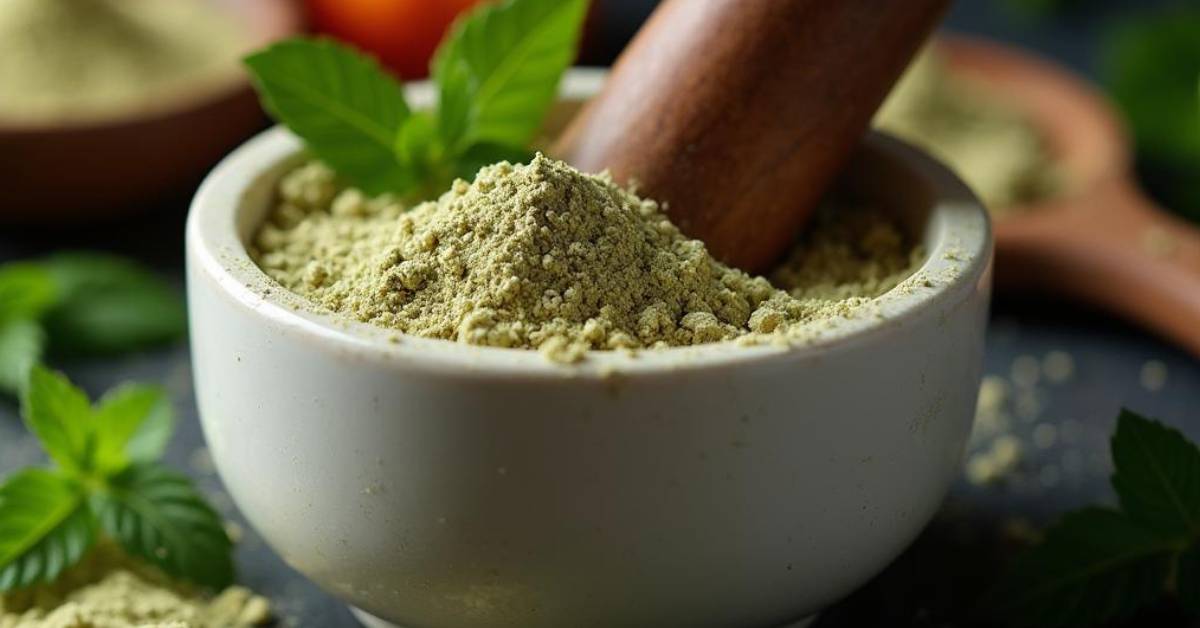








 Subscribe to our free newsletter for tips, tutorials, and insights!
Subscribe to our free newsletter for tips, tutorials, and insights!